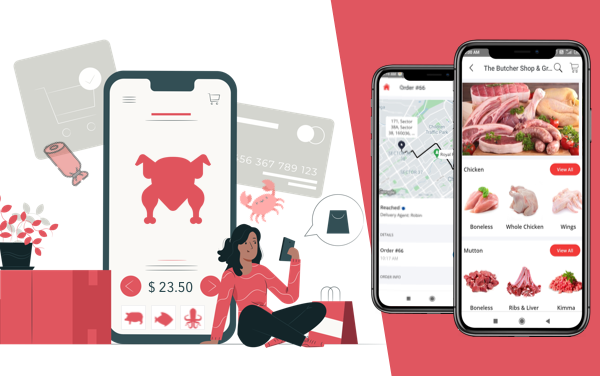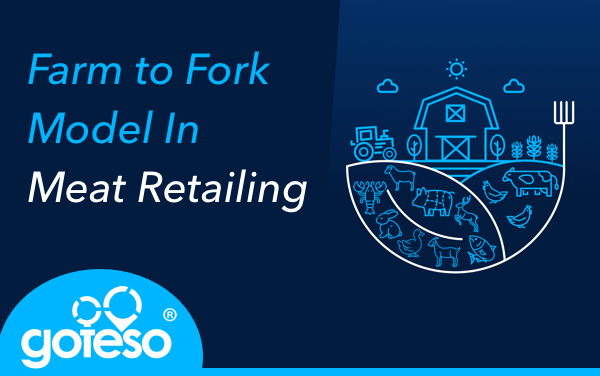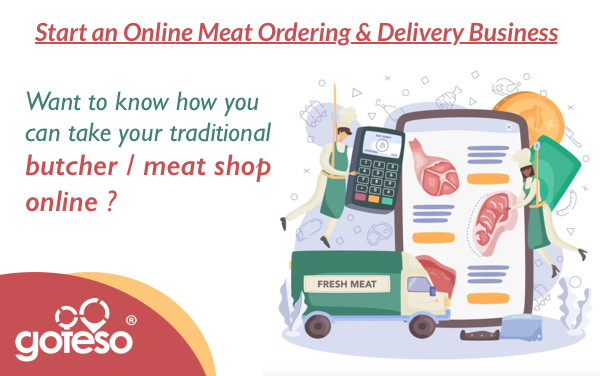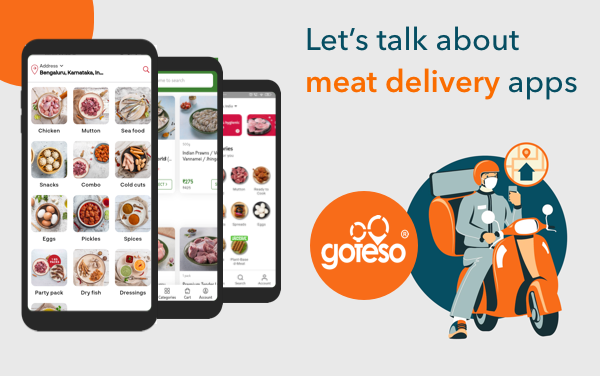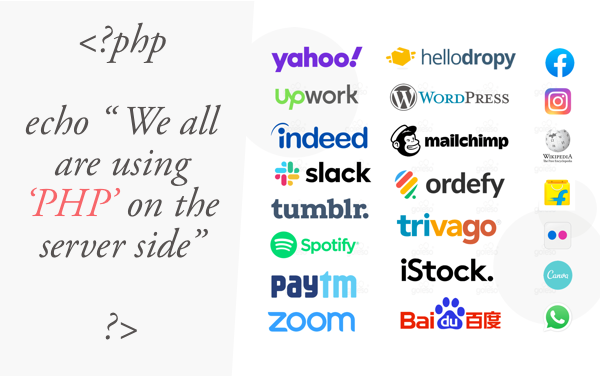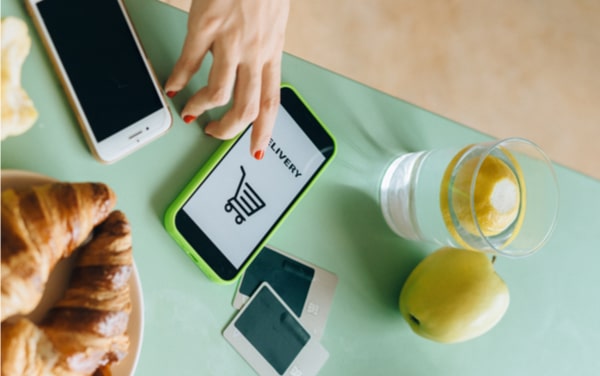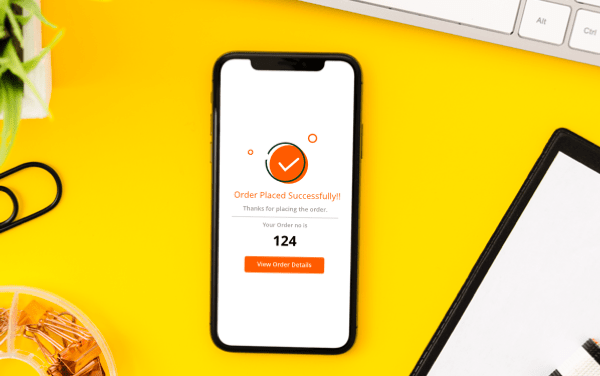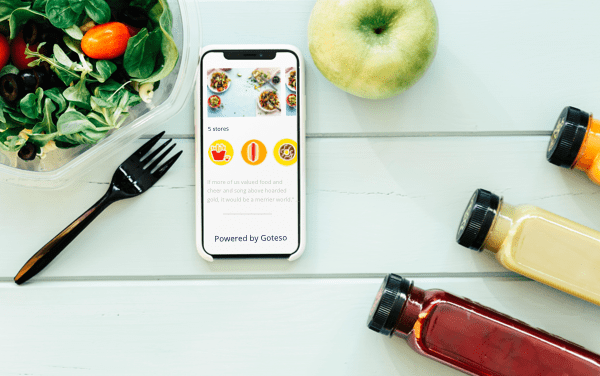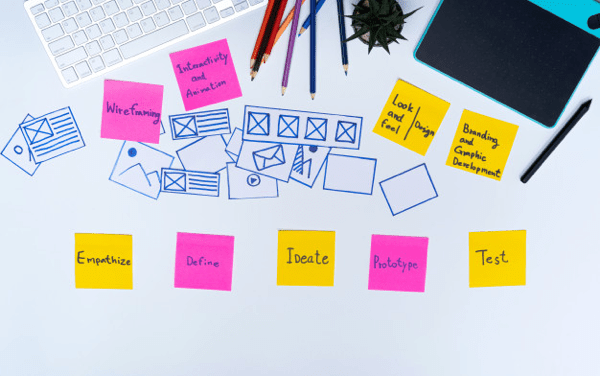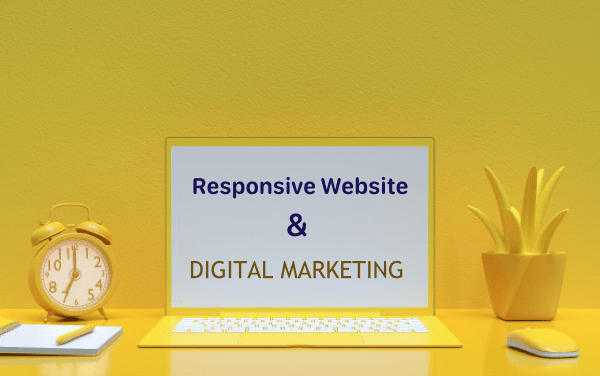Here’s a blog post focused on Goteso's app development company, showcasing the behind-the-scenes efforts that went into creating the app and the technological advancements that set it apart. This can give potential clients or partners insight into the expertise and dedication that drives the app’s success.
The Power Behind Goteso: Building the Future of Hotel Booking Apps
Introducing Goteso – A Revolution in Hotel Booking Technology
When you open the Goteso hotel booking app, you’re experiencing the culmination of cutting-edge technology, thoughtful design, and seamless user experience. But what you don’t see is the extensive work that goes on behind the scenes to bring this innovative platform to life.
At Goteso, we believe in transforming the travel experience by providing a platform that’s both intuitive for users and powerful for businesses. Our app development team worked tirelessly to create a solution that not only meets but exceeds the expectations of modern travelers. Here’s a look at how Goteso was built from the ground up.
The Vision: Simplifying Travel, One Click at a Time
From day one, our goal was clear: to create a hotel booking app that combines simplicity with sophistication. While travelers are looking for fast, easy ways to book accommodations, hotel owners want a reliable platform that boosts bookings and improves guest experiences. Goteso bridges that gap through a user-friendly interface, advanced features, and robust backend infrastructure.
The Development Process: From Idea to Execution
1. Planning and Market Research
Before diving into the code, our development team conducted extensive market research to understand both user and business needs. We studied trends in the travel industry, analyzed competitor apps, and gathered feedback from potential users. We also worked closely with hotel owners to understand the features that would best serve their businesses.
2. User-Centered Design
One of the core principles that guided our development process was user-centered design. We wanted to create an app that was as intuitive as possible. Whether you're booking a luxury hotel in Paris or a budget-friendly hostel in Tokyo, the app should feel familiar and easy to use.
Our design team focused on creating smooth navigation, visually appealing layouts, and an overall seamless flow from search to booking confirmation. We also prioritized responsive design, ensuring that the app works flawlessly on all devices – from smartphones to tablets and everything in between.
3. Building the Tech Stack
When it came to choosing the right technology for Goteso, we selected a tech stack that balanced scalability, security, and performance. We used:
- React Native for a cross-platform mobile app that ensures fast load times and smooth performance across iOS and Android.
- Node.js and Express.js for building a reliable, high-performance backend that supports real-time updates, booking confirmations, and payments.
- Firebase for real-time data synchronization and authentication, allowing users to book hotels instantly and securely.
- MongoDB as a flexible NoSQL database to store user preferences, hotel data, and booking histories with ease.
4. Advanced Features and Personalization
One of the standout features of the Goteso app is its ability to personalize the user experience. Through machine learning algorithms, the app learns from user behavior and offers tailored hotel recommendations. This means that the more a user interacts with the app, the more it understands their preferences, whether it’s a preferred hotel chain, budget range, or location.
Additionally, we integrated geolocation services to show nearby hotels and offer deals based on the user’s location, making last-minute bookings easier than ever.
5. Payment Gateway Integration
A smooth and secure payment experience is critical for any booking app. We worked with top-tier payment gateways such as Stripe and PayPal to ensure users can pay seamlessly, with multiple payment methods available. Whether you're paying with a credit card, debit card, or a digital wallet, the process is secure and hassle-free.
6. Security and Data Privacy
Security is one of our top priorities. From the very beginning, we implemented industry-standard encryption protocols to protect user data. Whether it's personal details or payment information, all sensitive data is securely stored and transmitted.
Additionally, we comply with the General Data Protection Regulation (GDPR) to ensure users' privacy rights are respected, and we continually monitor the app for any potential security threats.
A Seamless Backend for Hotels
While the front end is built for ease of use, the backend system powering Goteso is just as powerful. Our hotel partners have access to a dedicated portal that lets them manage room availability, update pricing, and monitor bookings in real time. This ensures they can offer competitive pricing, update deals, and handle guest requests without any hiccups.
Continuous Improvement: Our Agile Approach
At Goteso, we don’t believe in a “set it and forget it” mentality. We follow an Agile development process, which means we’re constantly iterating, testing, and improving. We regularly release updates to enhance the app’s functionality, add new features, and keep up with the latest travel trends.
Our user feedback loop plays a critical role in this process. We listen to what users love, what they struggle with, and where we can improve. This commitment to continual improvement ensures that Goteso stays ahead of the curve in an ever-evolving market.
The Future of Hotel Booking Apps
Looking ahead, we’re focused on expanding the app’s capabilities. From integrating with AI-powered chatbots for 24/7 customer support to adding augmented reality (AR) features that help users visualize hotel rooms, we’re always thinking about what’s next.
At Goteso, the goal is simple: to revolutionize the way people book hotels and experience travel. With a team of passionate developers, designers, and travel experts, we are committed to building the future of hotel booking apps, one feature at a time.
The Latest Tech Stack Behind Goteso: Powering the Future of Hotel Booking
At Goteso, we're committed to staying at the forefront of technology to provide our users with an intuitive and reliable hotel booking experience. Our team constantly evaluates new frameworks, tools, and practices to ensure our app is fast, secure, and scalable. Here’s a look at the latest tech stack powering Goteso and enabling us to deliver a seamless travel booking solution.
1. Frontend Development: React Native (Cross-Platform)
To create a smooth, consistent user experience across both iOS and Android, we chose React Native, a framework developed by Facebook. This allows us to write a single codebase that runs natively on both platforms, dramatically reducing development time and ensuring that updates can be deployed across all devices simultaneously.
React Native allows us to provide users with a responsive and snappy interface, whether they're browsing hotels on their phone, tablet, or smartwatch. The use of React in combination with Native Modules also allows us to integrate platform-specific features when needed, while still keeping the codebase unified.
Key Benefits of React Native for Goteso:
- Faster development with a shared codebase for both iOS and Android.
- A large ecosystem of libraries and tools for advanced functionality.
- Seamless integration with native features, such as geolocation, notifications, and camera functionality.
2. Backend Development: Node.js and Express.js
On the backend, Node.js forms the backbone of our server-side architecture. Node.js is a powerful JavaScript runtime that allows us to handle concurrent requests with ease and ensures fast response times. This is especially important for hotel bookings, where users expect real-time updates and fast performance.
We use Express.js, a minimal and flexible Node.js web application framework, to build a robust and scalable backend. Express.js simplifies routing and middleware management, allowing us to handle user requests, process payments, and manage hotel data seamlessly.
Key Benefits of Node.js & Express.js:
- High performance and real-time capabilities.
- Asynchronous processing, ensuring fast handling of requests.
- Simplified backend logic and quick API development with Express.js.
3. Database: MongoDB (NoSQL)
For storing user data, hotel details, booking information, and more, we chose MongoDB, a NoSQL database that offers flexibility and scalability. MongoDB stores data in JSON-like documents, which is ideal for handling the varied and dynamic data associated with hotel bookings.
MongoDB’s sharding capabilities ensure that our app can handle an increasing amount of data as Goteso scales globally, while its replication feature ensures high availability and data integrity across different regions.
Key Benefits of MongoDB:
- Scalable and flexible document-based data storage.
- Easy to adapt to changing data structures as Goteso evolves.
- High performance with automatic sharding and replication.
4. Cloud Infrastructure: AWS (Amazon Web Services)
We rely on Amazon Web Services (AWS) for cloud hosting, which provides us with a reliable and scalable infrastructure. AWS enables us to scale our app based on demand, with the ability to adjust server capacity dynamically. For example, during peak travel seasons, we can scale up our cloud resources to accommodate a larger volume of users and bookings.
We use several AWS services, including:
- EC2 for running our app servers.
- S3 for storing images and other static content.
- RDS (Relational Database Service) for additional data storage and management.
- Lambda for running serverless functions and handling real-time updates.
Key Benefits of AWS:
- Scalable, reliable cloud infrastructure with worldwide coverage.
- Flexibility to scale resources up or down based on user demand.
- Advanced security features, including encryption and access control.
5. Real-Time Data Synchronization: Firebase
For real-time data synchronization, such as booking status updates, availability changes, and user activity, we use Firebase. Firebase offers a powerful, cloud-based real-time database that synchronizes data across devices instantly. This is essential for keeping hotel availability, prices, and user preferences up-to-date without the need for constant page reloads.
Firebase also provides user authentication features, making it easier to handle sign-ups, logins, and account management securely. For a seamless experience, we’ve integrated Firebase with Google Analytics to track user engagement and improve the app’s performance.
Key Benefits of Firebase:
- Real-time database synchronization with minimal latency.
- Easy-to-integrate authentication and analytics tools.
- Scalable and secure solution for managing real-time updates.
6. Payment Integration: Stripe and PayPal
Booking a hotel is all about trust and convenience, which is why we’ve integrated secure, widely-used payment gateways such as Stripe and PayPal. These platforms provide seamless payment experiences and robust fraud detection systems.
We support a variety of payment methods, from credit cards to digital wallets, ensuring that users can pay in a way that’s most convenient for them. Both Stripe and PayPal offer strong encryption protocols, ensuring safe and secure transactions for every booking.
Key Benefits of Stripe & PayPal:
- Secure and reliable payment processing.
- Global coverage with support for multiple currencies.
- Fraud protection and easy-to-use invoicing features.
7. Search and Recommendation Engine: ElasticSearch and Machine Learning
A standout feature of Goteso is its ability to deliver personalized hotel recommendations. We use ElasticSearch, a powerful, open-source search and analytics engine, to deliver fast, relevant search results based on user queries. ElasticSearch powers the search functionality, allowing us to handle complex search queries, filters, and sorting, all in real-time.
In addition, we utilize machine learning models to personalize hotel recommendations based on users’ past behavior, preferences, and demographic data. This helps ensure that users are shown the most relevant options, improving their overall experience and increasing booking conversion rates.
Key Benefits of ElasticSearch & Machine Learning:
- Fast, scalable search and filtering capabilities.
- Personalized recommendations that enhance user engagement.
- Support for complex search queries, including location, price, amenities, and reviews.
8. Security: OAuth 2.0, SSL/TLS Encryption, and GDPR Compliance
Security is a top priority at Goteso, especially given the sensitive nature of the data we handle. We use OAuth 2.0 for secure user authentication, allowing users to sign in safely via third-party services like Google and Facebook, as well as through traditional email/password methods.
To protect data during transit, we use SSL/TLS encryption, ensuring that all user data and payment details are securely transmitted over the internet. Furthermore, Goteso complies with GDPR to ensure that user privacy is respected and that we adhere to strict data protection regulations.
Key Benefits of Our Security Practices:
- Secure user authentication and data encryption.
- Protection against unauthorized access and data breaches.
- Compliance with global data privacy regulations (GDPR).
Conclusion: Building a Hotel Booking App for the Future
At Goteso, we are committed to using the latest technologies to create a world-class hotel booking app that meets the demands of today’s travelers and hotel owners. Our tech stack is a combination of proven frameworks, cutting-edge tools, and cloud infrastructure that ensures a fast, secure, and scalable solution.
As we continue to innovate and expand, we will always stay on the pulse of emerging technologies to deliver the best possible experience for our users and partners.
This updated tech stack breakdown can appeal to potential business partners, developers, and users who want to understand the technical sophistication and reliability behind Goteso. Would you like to dive deeper into any of these technologies, or perhaps include more details on your company’s development approach?
Get in Touch with Us
If you’re in the travel or hospitality industry and want to partner with Goteso, or if you're interested in our development process, don’t hesitate to reach out. We’re always looking for new ways to innovate and collaborate with businesses that share our vision for simplifying travel.
This blog serves to both explain the development process and highlight the technical sophistication of Goteso, making it appealing to potential partners, tech enthusiasts, and even clients who might want to understand what goes into the creation of such an app.

